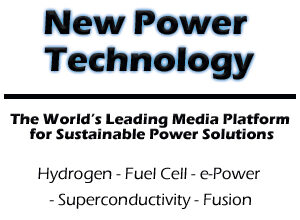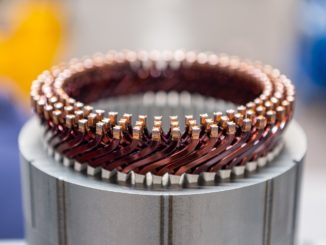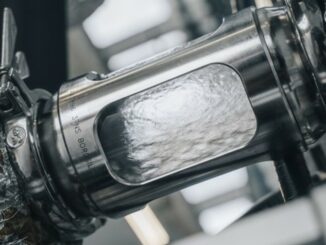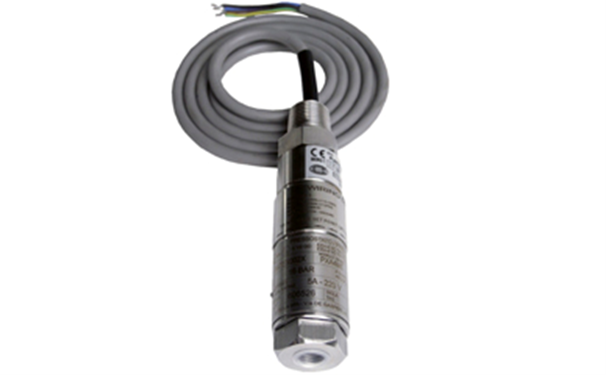

Safety is a critical element in the adoption of hydrogen technology for e-mobility. Handling pressure variations and integrating their control reliably with power systems are sensitive functions that must be designed with care. We like the recent blog from WIKA of Germany that explains some of the intricacies of this task.
In a newly developed hydrogen train for local transport, a pressure switch from WIKA plays a crucial role. Within the scope of pressure monitoring, it performs the central safety function in the H2 supply system during the journey, as explained by Jing Lyu, Product Marketing Manager.
The tank capacity for the hydrogen must be adapted to the distances. One of WIKA’s customers has specialized in individual fuel storage systems for H2 vehicles. Their cylindrical tanks are based on carbon fibre composite technology. They are therefore extremely robust and yet have a relatively low weight compared to steel vessels.
Tanks of this type were installed in the hydrogen-powered train mentioned in the blog. This multiple-unit train, designed for commuting traffic, is filled with the hydrogen at a special terminal. The tank pressure is 300 to 350 bar. While driving, it must be reduced to a single-digit value for the supply to the fuel cell. This is done via a pressure regulation unit downstream of the storage system.
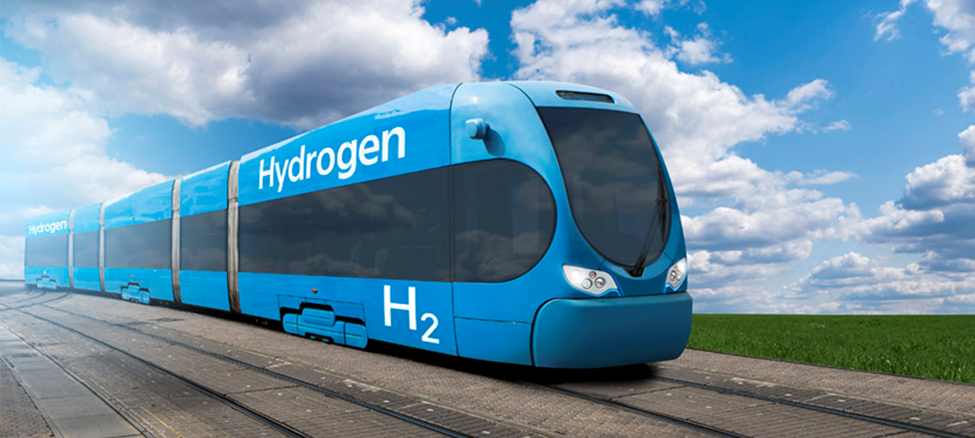
The pressure switch model PXA from WIKA was selected to meet the requirements of the hydrogen-powered train application. With the monitoring of tank pressure and pressure regulation in the train, the customer uses the pressure switch model PXA for the safety function. The miniature instrument switches off the H2 propulsion system in two cases, depending on the function:
- if the tank is in danger of emptying
- if the pressure becomes too high when the hydrogen is transferred to the propulsion system
Such an emergency protection could also be realized with a pressure sensor and a software. But for trains this solution would be very complicated. It is also rated with a higher risk of error than a switch-based safety function.
The customer did not decide on the model PXA because of its measurement quality alone, notes Lyu. A key factor was also its SIL-3 suitability, easily meeting the safety-related market requirements for the H2 application (SIL-2). More details are available in the complete blog and supporting documentation, which can be found on the WIKA website.
